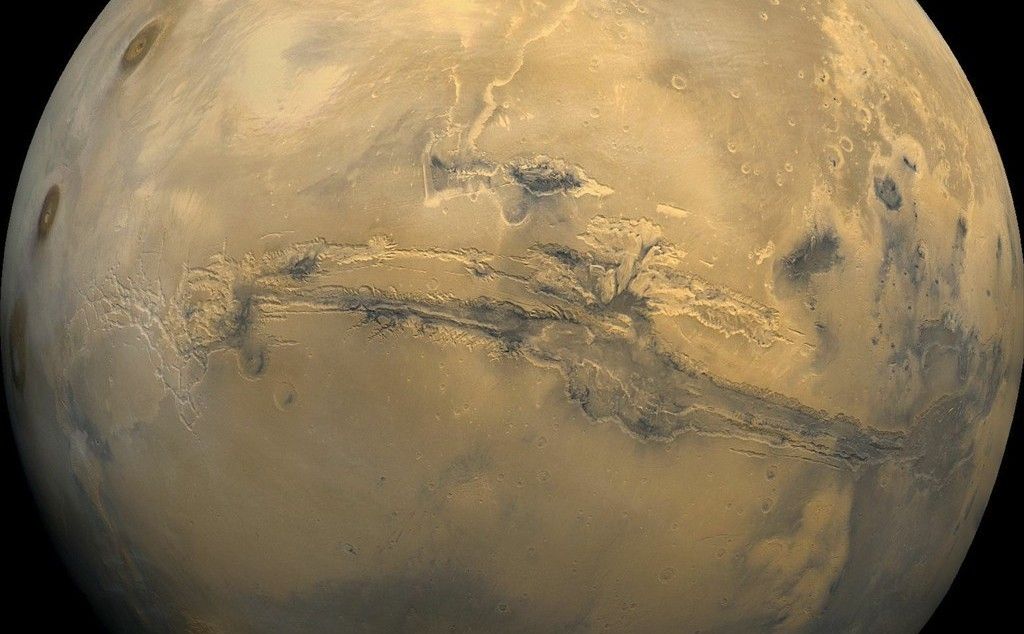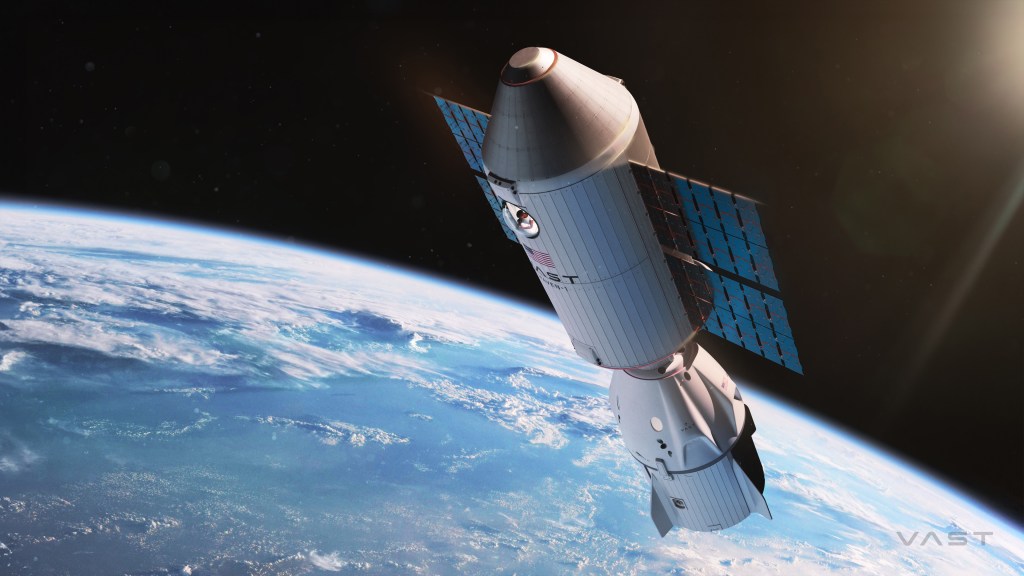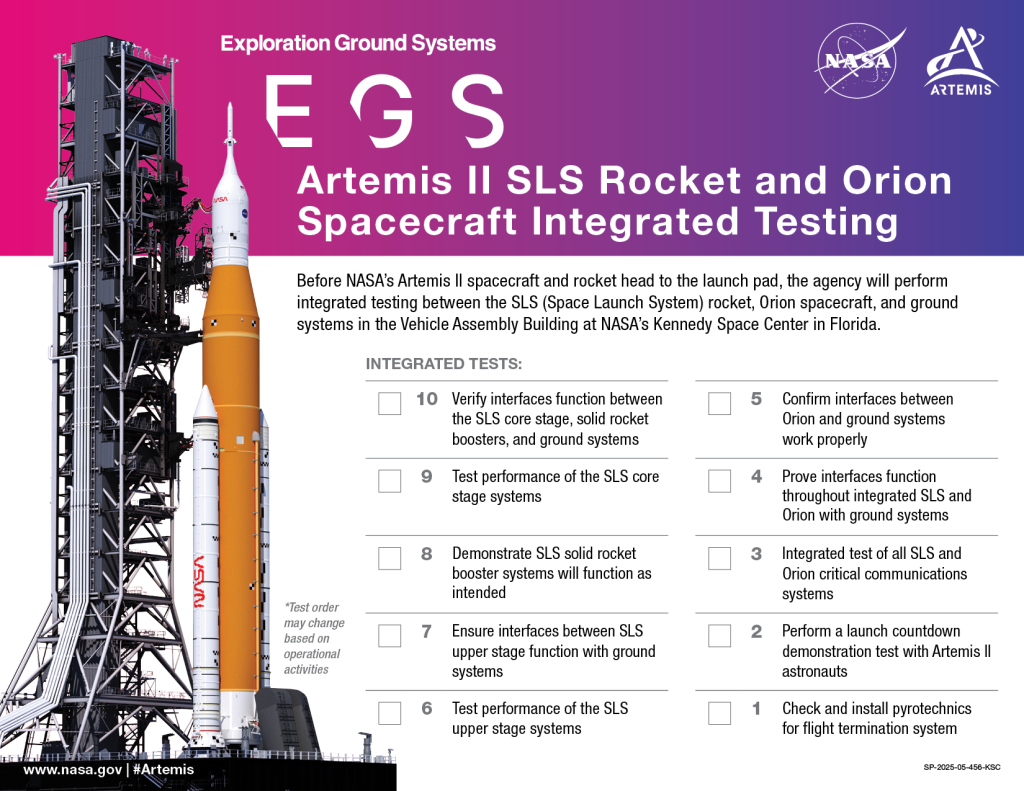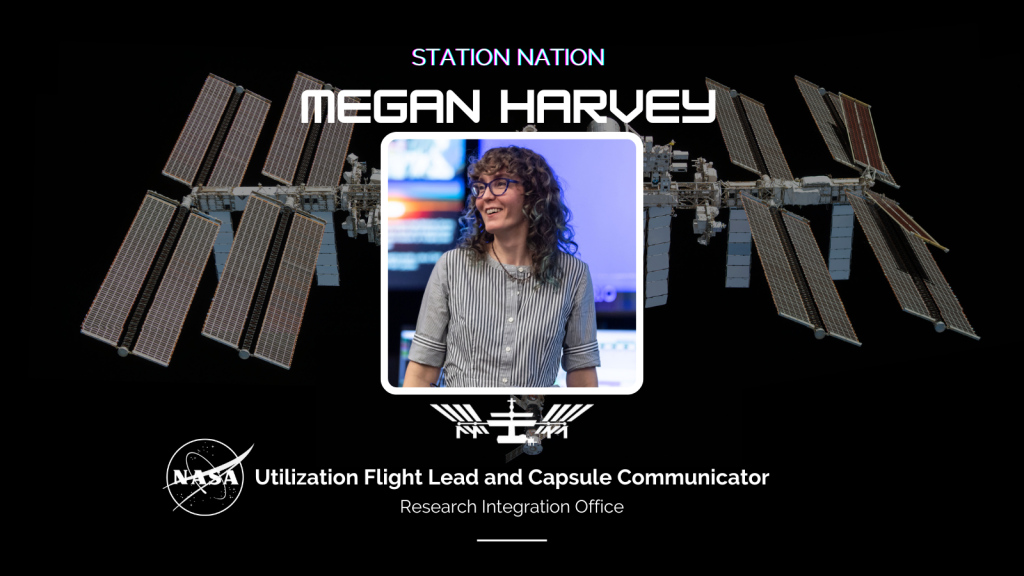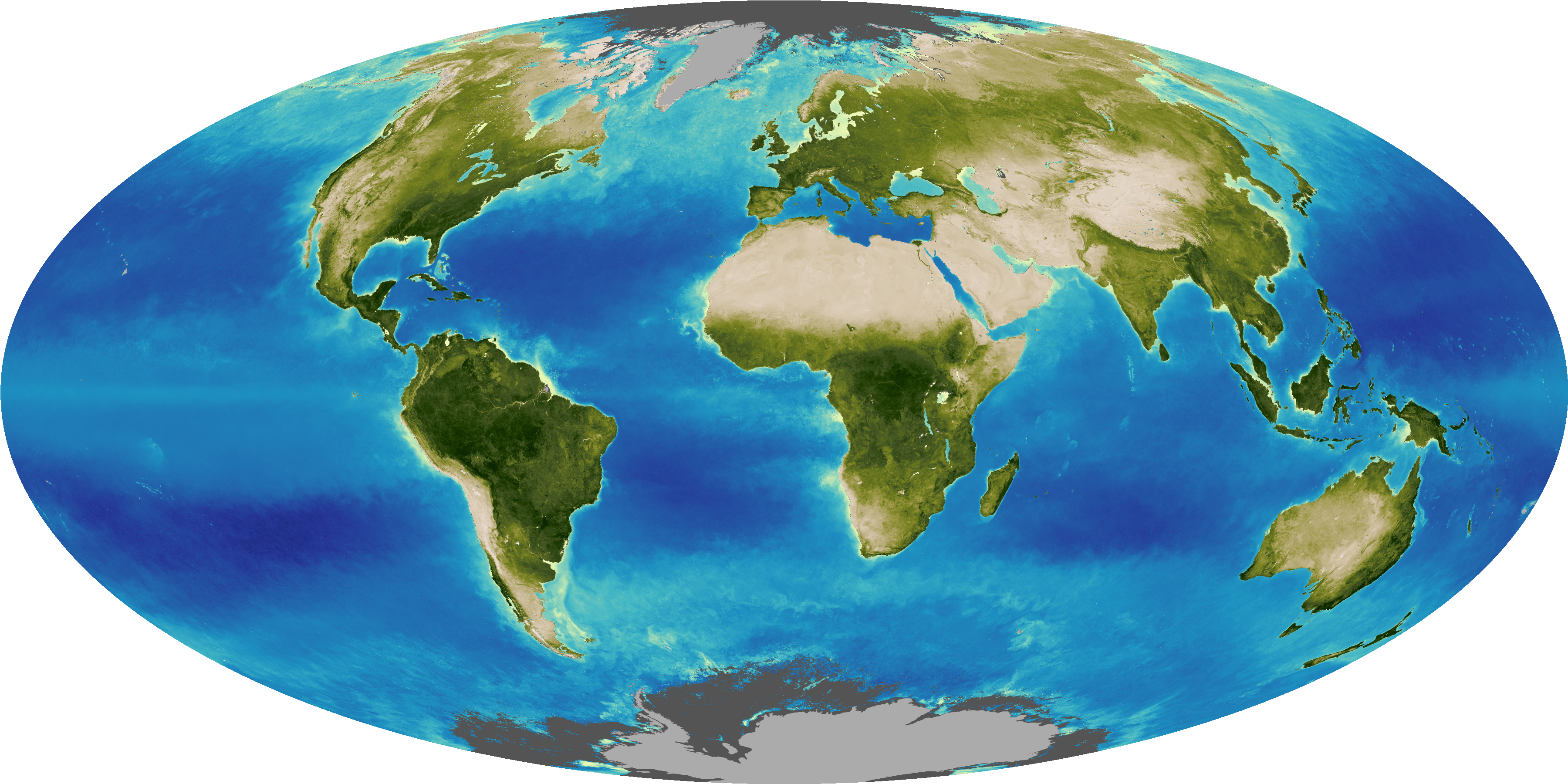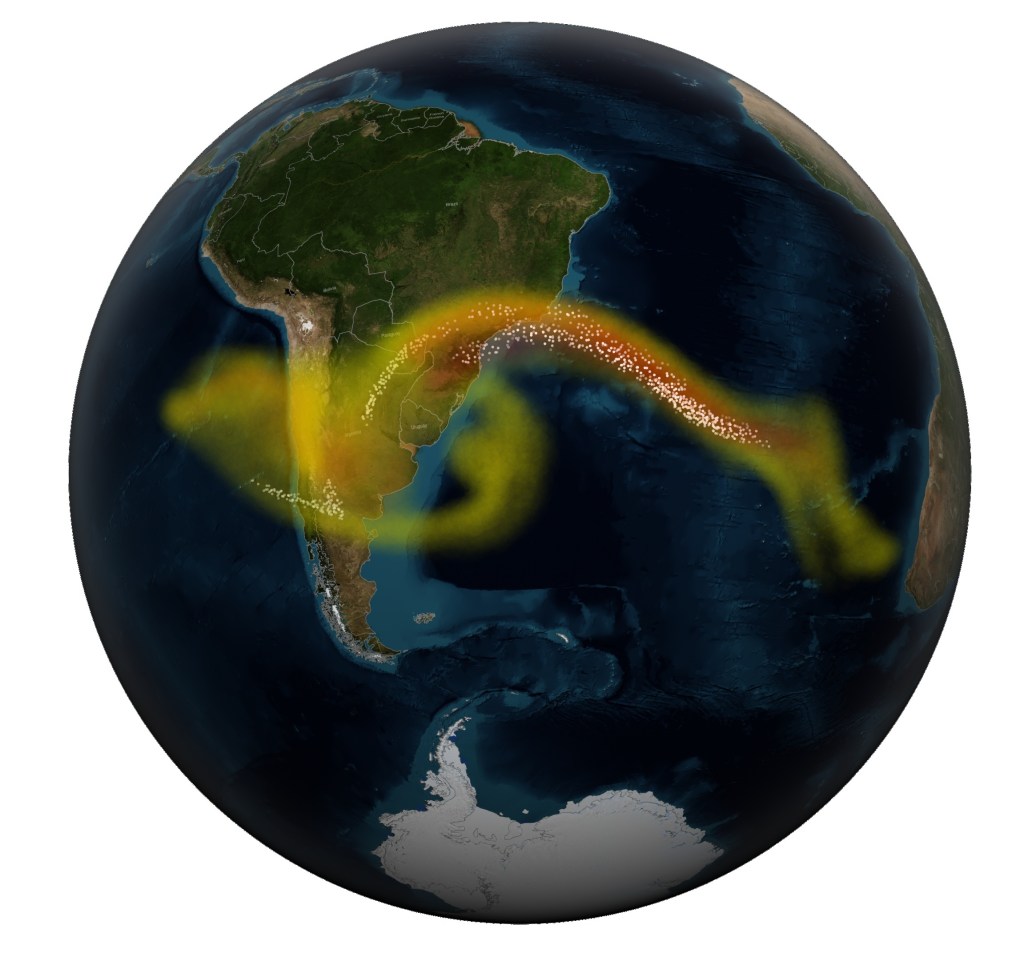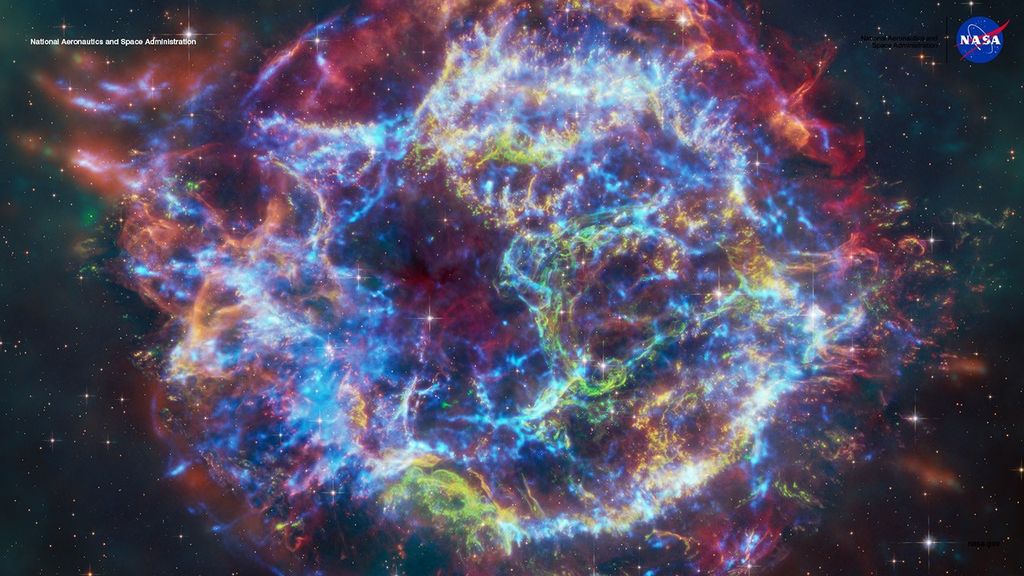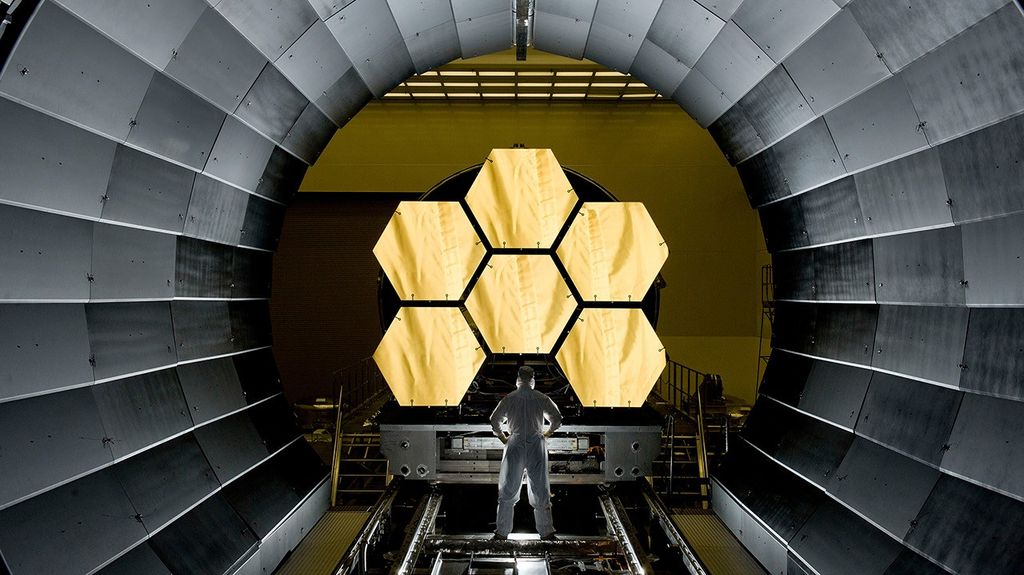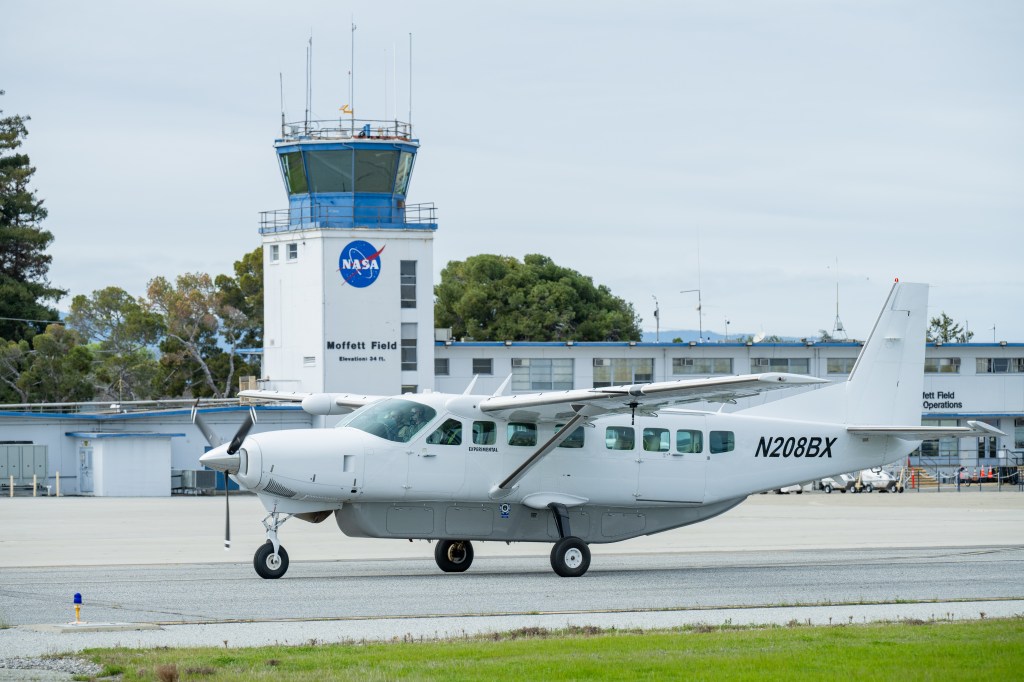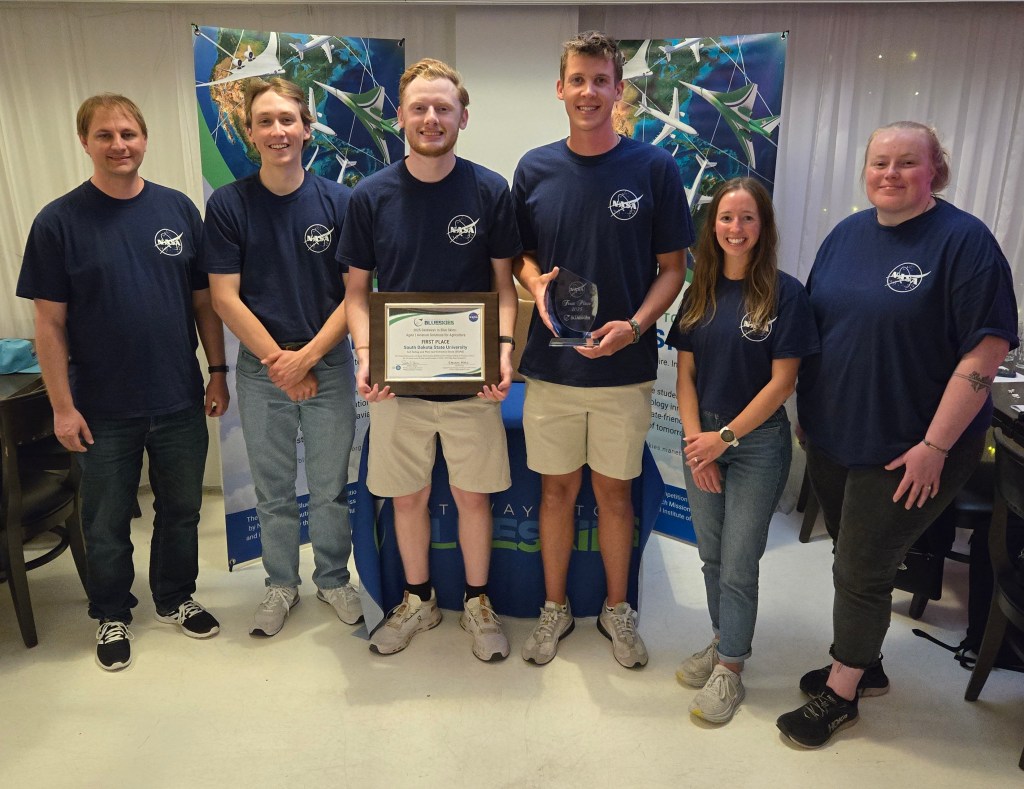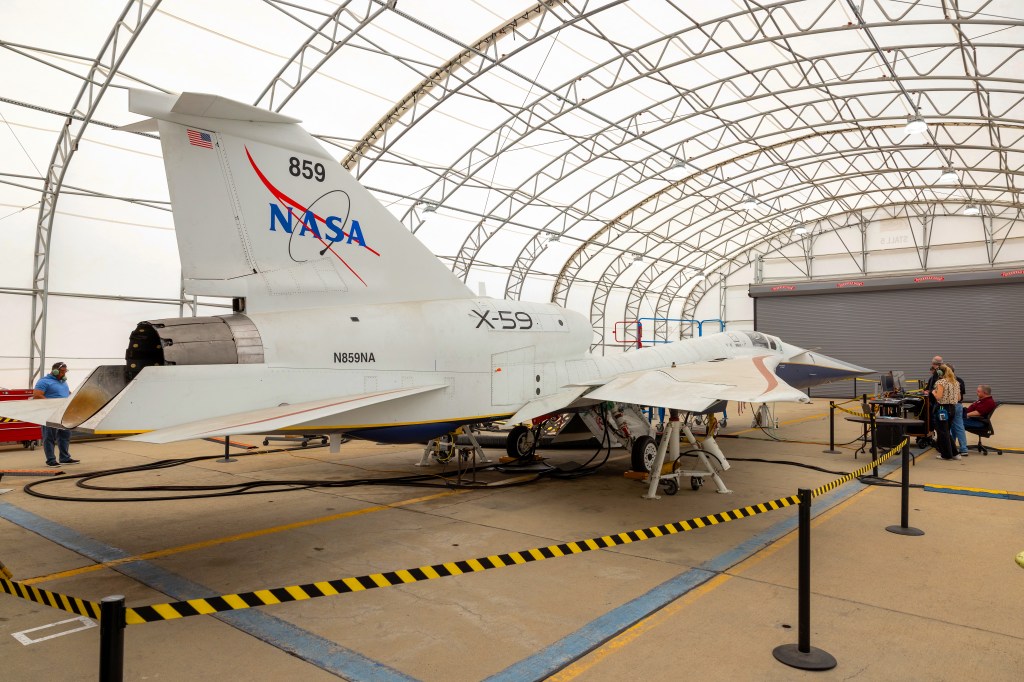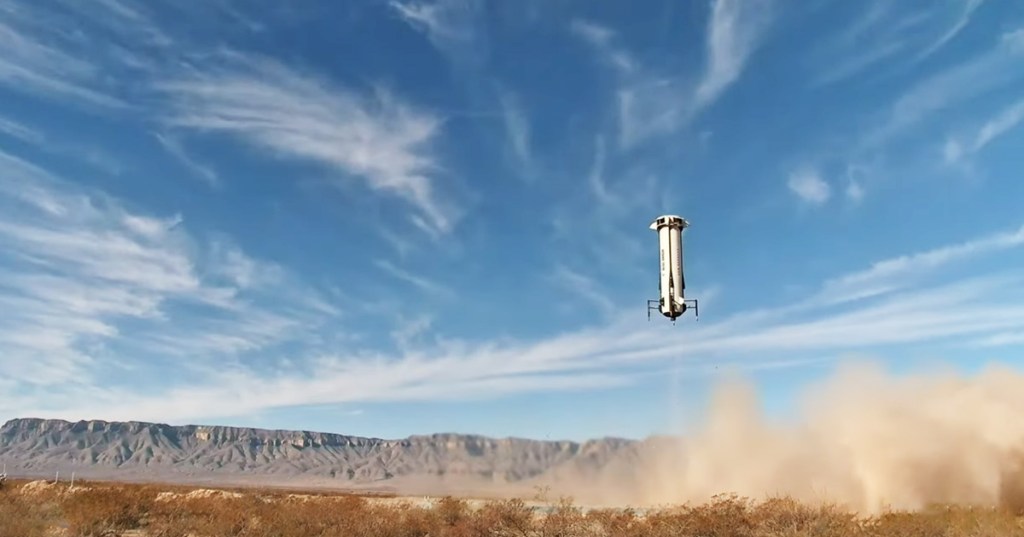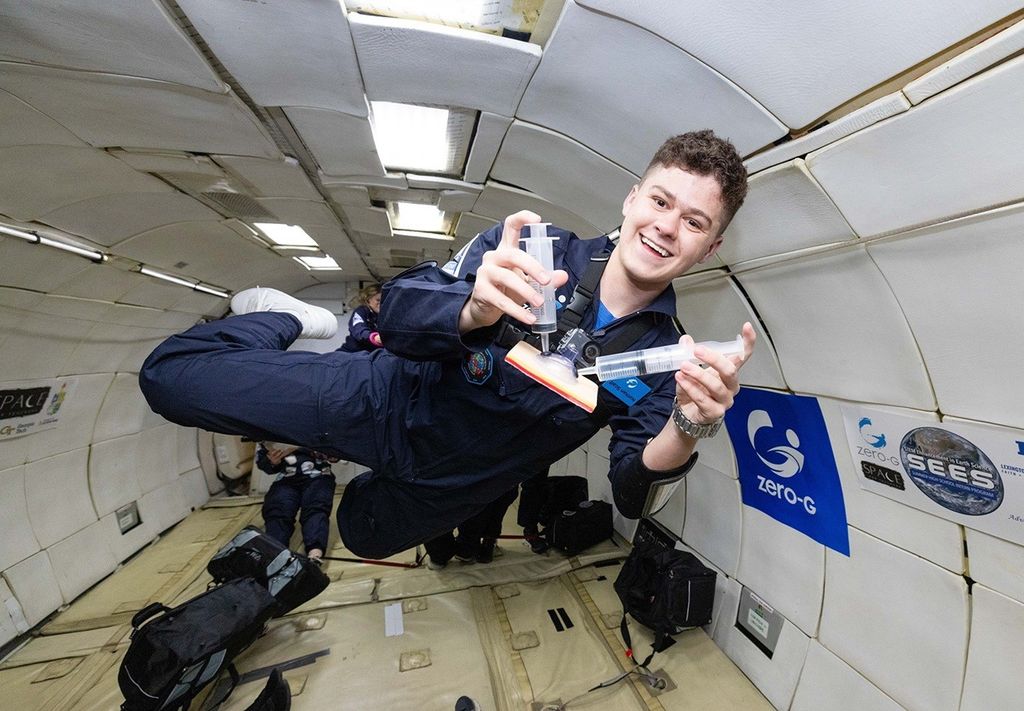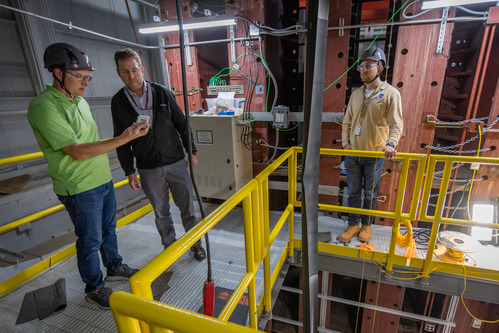Triton’s Volcanic Plains #2
| Credit | NASA/JPL/Universities Space Research Association/Lunar & Planetary Institute |
|---|---|
| PIA Number | PIA12185 |
| Language |
|
This view of the volcanic plains of Neptune's moon Triton was produced using topographic maps derived from images acquired by NASA's Voyager spacecraft during its August 1989 flyby, 20 years ago this week.
Triton, Neptune's largest natural moon, was the last solid object visited by the Voyager 2 spacecraft on its epic 10-year tour of the outer solar system. This view shows a close-up of a prominent chain of volcanic features surrounded by smooth volcanic plains formed by lavas or ash deposits of water or other ices, such as methane or ammonia. The smaller pits and domes are typically 10 kilometers (6 miles) across and have relief of no more than a few hundred meters (several hundred feet). The large depressions at the far left and right of the chain are 50 to 80 kilometers (31 to 50 miles) across.
The surface of Triton is very rugged, scarred by rising blobs of ice (diapirs), faults and volcanic pits and lava flows composed of water and other ices. The surface is also extremely young and sparsely cratered, and could be geologically active today. This scene is on the order of 500 kilometers (310 miles) across and is taken from a new flyover movie across the equatorial region of Triton commemorating the Voyager anniversary of the Triton flyby. Vertical relief has been exaggerated by a factor of 25 to aid interpretation.
The raw data from which this product was developed were retrieved from the Planetary Data System's data archives. The Jet Propulsion Laboratory, a division of the California Institute of Technology in Pasadena, manages the mission for NASA's Science Mission Directorate, Washington, D.C. The Voyager spacecraft and its two onboard cameras were designed, developed and assembled at JPL.


